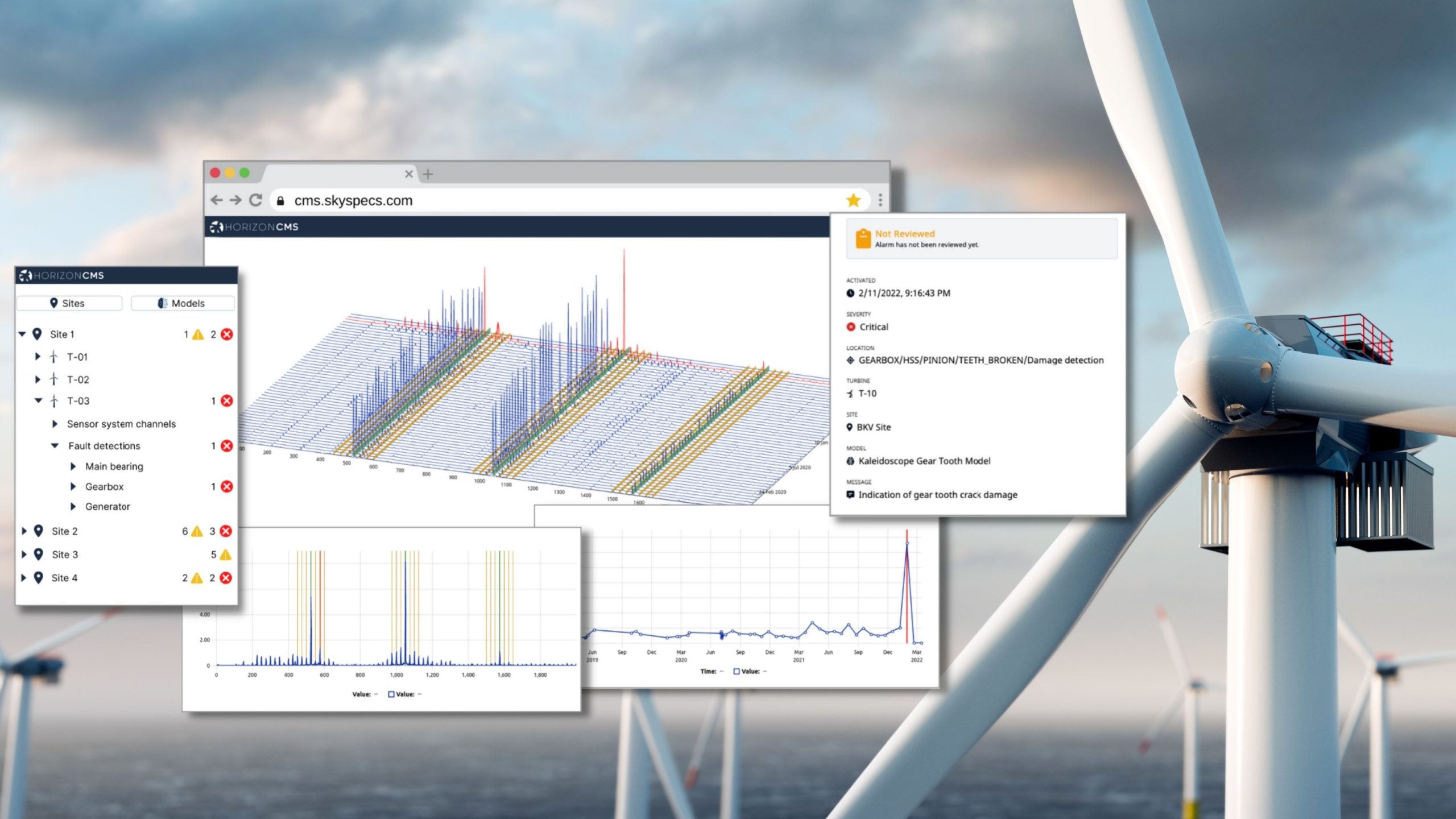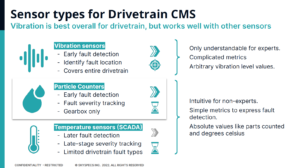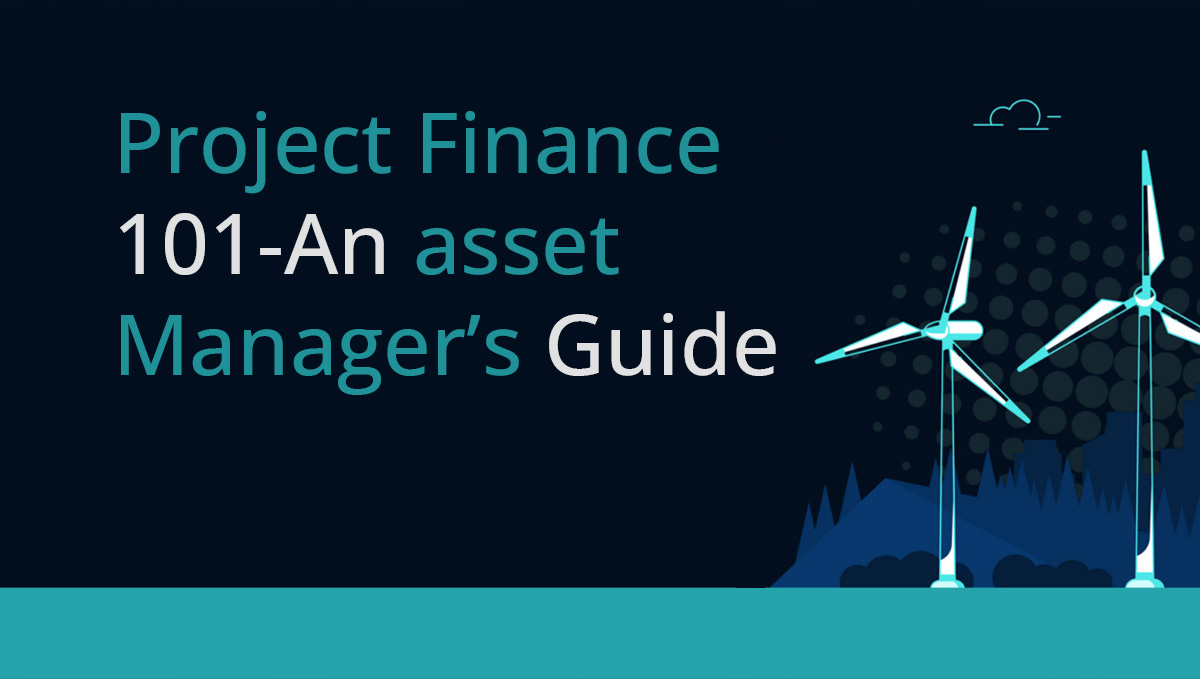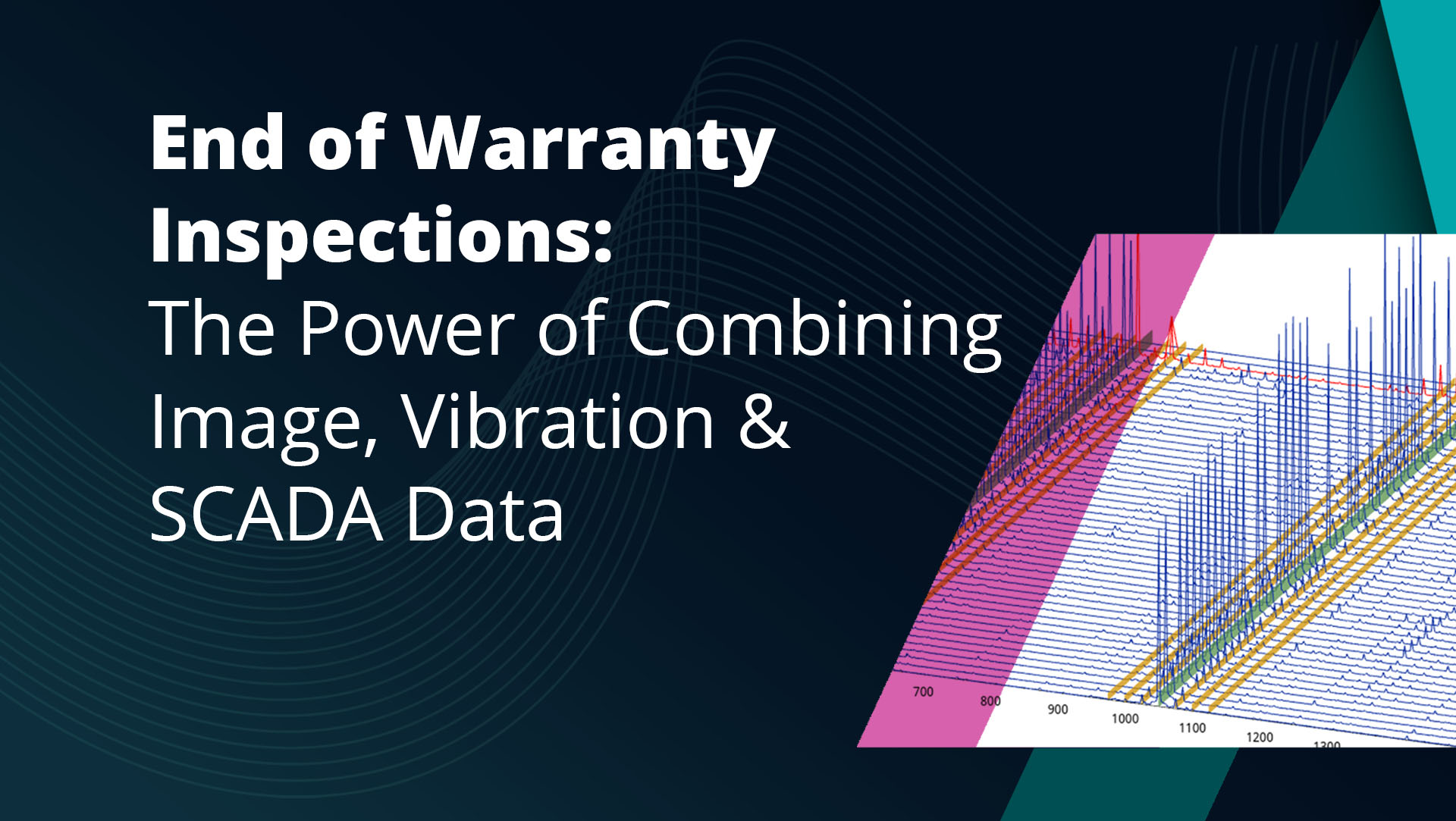With greenhouse gas emissions on the rise and our dependence on fossil fuels at an all-time high, we need to start looking at alternative ways to generate clean, renewable energy. Renewable energy sources like wind power could be the next step in reducing our global carbon footprint. Wind turbines allow us to tap into the real potential of wind energy, but it’s only as effective and reliable as the machines that house this power.
Like any other machine, wind turbines often require regular repairs and replacements that result in a loss of energy production (aka “downtime”). Wind farm owners and operators can’t afford to have their fleet out of commission for days or weeks at a time, not if they want to become the most efficient energy source in the world. Detecting these faults as early as possible can help reduce maintenance costs, increase energy production, and make wind power a more competitive energy source. That’s where Condition Monitoring Systems (CMS) and Fault Detection algorithms prove most important. Through early fault detection, they enable machine protection and help operators avoid catastrophic failures while reducing O&M costs.
What can CMS help solve?
- How early you can detect a fault
- How accurately you can determine what fault type you’re detecting
- Where that fault is located within the wind turbine
- How you can track the severity of this fault
The dimensions of remote fault detection can be broken down to three key areas: early fault detection, fault type and location, and fault severity tracking.
Early Fault Detection
Early fault detection helps wind turbine operators reduce the amount of overall downtime to be equal to that of repair time. This allows operators to move from more of a machine protection mentality to more of a profitability optimization mentality by providing ample lead time for inspections, planning next steps, and executing those repairs (before these minor faults become big problems).
Fault Type and Location
Fault type and location helps determine the criticality and execution of an inspection. How? With criticality-based task prioritizations and being able to source parts and equipment early on, operators can significantly reduce the inspection time and maintain the performance and health of their fleet.
Fault Severity Tracking
Fault severity tracking allows wind turbine maintenance crews to prioritize certain jobs based on the severity of the fault in question. If severity is high, they can instill controls like derating in steps.
When all three of these components are combined, we can continue production while still planning repairs and sourcing parts/equipment, greatly reduce downtime, and gain better insight into the fleet’s ROI.
With proper CMS and Fault Detection tools, various sensor signals can be triggered well in advance of a complete wind turbine failure.
Things to Consider: Sensor Types for Drivetrain CMS
When looking at the top three sensor types for drivetrain CMS, there are pros and cons. We’ve made it easy for you to make sense of your options, and while the industry agrees that vibration is best overall for drivetrain, other sensors can work well too!
By combining these various sensor types, we can start to detect, monitor, and correct wind turbine faults as early as possible, reducing downtime and making wind power the most efficient energy source in the world. Through these tools, we can start to make predictions from new data collected from these sensors and help extend the life of each wind turbine in your fleet.
Got questions? We’ve got answers.










